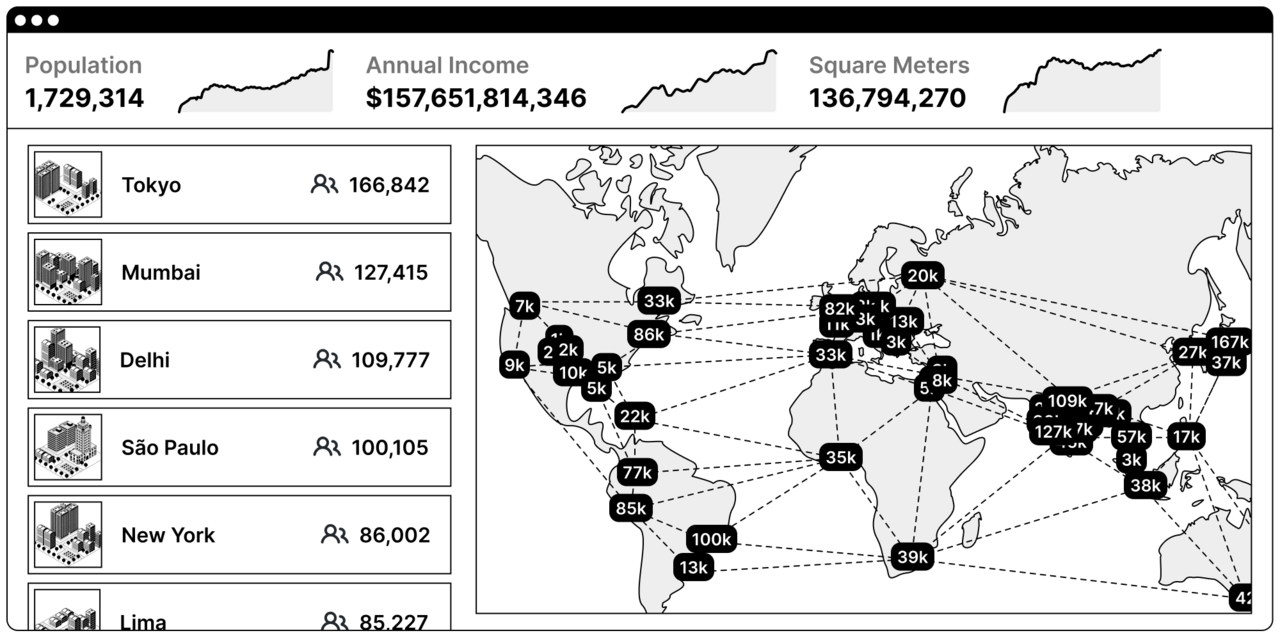The Network State by Balaji Srinivasan: Navigating the Future of Governance and Power Structures

Balaji Srinivasan's book, The Network State, presents a compelling vision of the future where traditional nation-states are augmented, if not replaced, by decentralized, networked communities. Here's our take on the key ideas and concepts put forth by Srinivasan, shedding light on the implications of the network state for governance, technology, and the evolution of power structures in our increasingly interconnected world.
I. Genesis of The Network State
Srinivasan, a prominent entrepreneur, investor, and thought leader in the technology space, builds upon his experiences in Silicon Valley to envision a world where governance is redefined by decentralized networks. He introduces the concept of the "network state" as an alternative model to the traditional nation-state, highlighting the potential for greater efficiency, innovation, and individual empowerment.

II. Decentralization and Empowerment
Central to Srinivasan's vision is the idea that network states, built on blockchain and decentralized technologies, empower individuals by redistributing control and decision-making. The removal of intermediaries and hierarchical structures allows for more direct participation, giving individuals greater agency over their lives and communities.
III. Cryptoeconomics and Incentive Structures
The Network State explores the role of cryptoeconomics in shaping the dynamics of network states. Srinivasan emphasizes the importance of creating incentive structures that align the interests of individuals with the goals of the network. Cryptocurrencies and tokenomics play a pivotal role in incentivizing participation, fostering collaboration, and driving the growth of network states.
IV. Borderless Governance
Traditional nation-states are bound by geographic borders, but network states transcend these physical limitations. Srinivasan envisions a world where individuals can choose to align themselves with communities that share their values and interests, regardless of geographical location. This borderless governance model opens the door to a more fluid and dynamic societal structure.
V. Technology as the Backbone
Technology, particularly blockchain and decentralized protocols, forms the backbone of the network state. Srinivasan argues that these technologies provide the necessary infrastructure for secure, transparent, and efficient governance. Smart contracts, decentralized identity systems, and cryptographic verification mechanisms are key components in building the trust required for network states to flourish.
VI. Challenges and Criticisms
While Srinivasan paints a compelling picture of the network state, he acknowledges the challenges and criticisms associated with its implementation. Issues such as scalability, regulatory uncertainties, and the potential for misuse require careful consideration. Critics also argue that a completely decentralized model may lack the stability and order provided by traditional nation-states.
VII. Case Studies and Real-World Applications
The Network State delves into real-world examples and case studies, illustrating how elements of this decentralized governance model are already being applied. Projects like decentralized autonomous organizations (DAOs), blockchain-based identity systems, and tokenized ecosystems exemplify the potential of network states in action.
VIII. Societal Impact and Evolution
Srinivasan explores the broader societal impact of the network state, envisioning a world where individuals can seamlessly move between communities based on shared values and interests. This fluidity, he argues, can lead to a more adaptive and resilient global society, capable of addressing complex challenges collaboratively.
IX. The Role of Individuals in Shaping the Future
The Network State emphasizes the role of individuals as active participants in shaping the future of governance. Srinivasan calls for a paradigm shift where individuals are not merely subjects of governance but active contributors to the networks they are part of, fostering a sense of shared responsibility and ownership.
X. Conclusion: Rethinking Governance in the Digital Age
Balaji Srinivasan's The Network State challenges traditional notions of governance, inviting readers to envision a future where power is decentralized, and individuals play a more active role in shaping the societies they inhabit. While the concept may be met with skepticism, it undeniably sparks important conversations about the intersection of technology, governance, and the evolving nature of power structures in the digital age. As we navigate this era of rapid technological advancement, the ideas presented in The Network State prompt us to question and reimagine the foundations of our societal structures.

